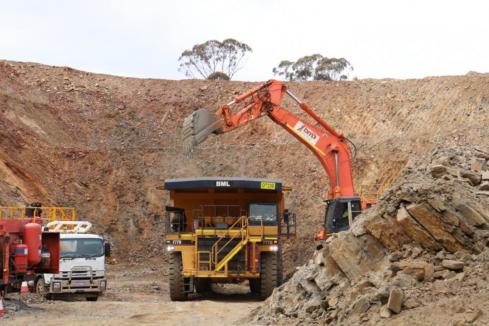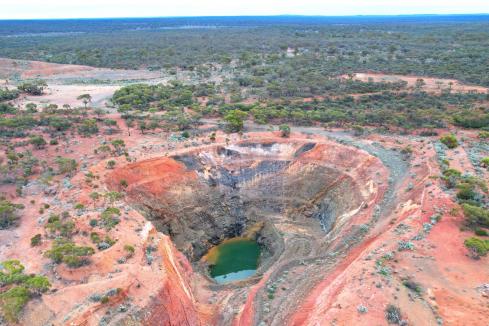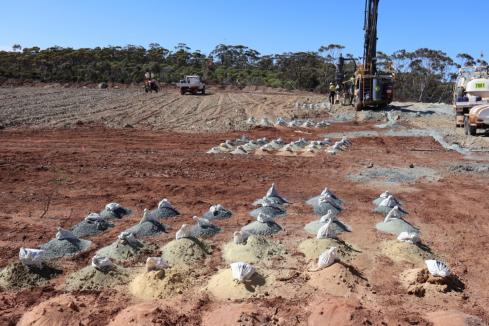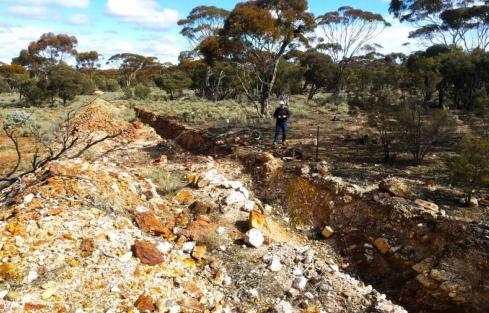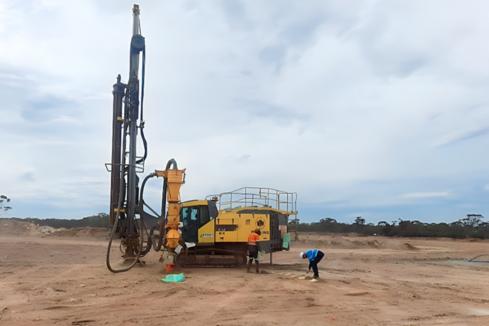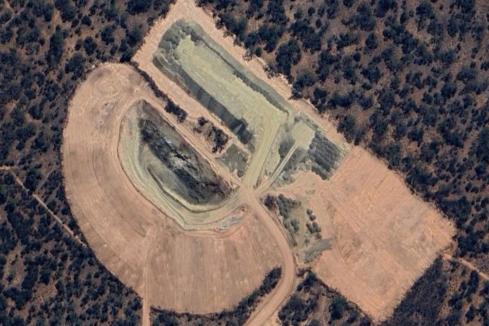Minerals explorer Auric Mining has uncovered significant enrichment of rare earth elements along a 7km-long strike at its Chalice West project near Norseman with a swag of assay results indicating the widespread rare earths mineralisation including valuable magnet rare earths critical for high-tech products. Auric says a prominent magnetic feature in the project’s centre is also promising and needs drilling.

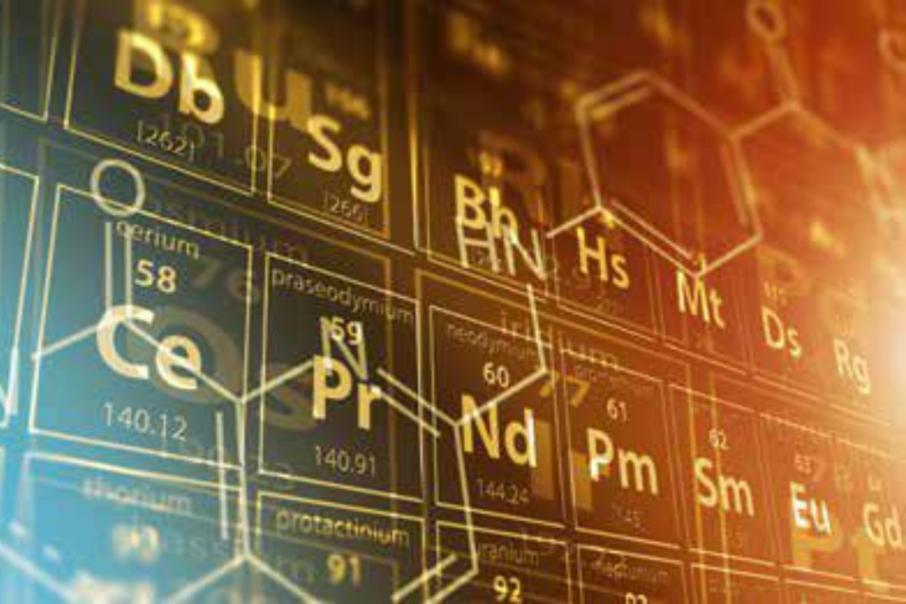
WA-based minerals explorer Auric Mining has uncovered significant enrichment of rare earth elements along a 7km-long strike at its Chalice West project near Norseman among a swag of assay results that indicate the widespread mineralisation includes valuable magnet rare earths that are critical for many high-tech products.
Auric reports “significant” assays have just been returned for 15 holes and a total of 25 holes now confirm rare earths mineralisation exists in three separate zones at Chalice West from the maiden 7227m air-core drilling program for 227 holes completed late last year.
The latest figures are the final results from that campaign and include 6m at 1583 parts per million total rare earth oxide, or “TREO” including 30.6 per cent magnetic rare earth oxides, or “MREO”.
The three zones delineated by Auric include a north-west zone with one-metre intervals going up to 2459 ppm TREO, a southern zone with one-metre intervals returning up to 3323 ppm TREO and the south-east zone with its previously reported one-metre intervals up to 11,038 ppm TREO.
Chalice West, about 50km outside Norseman in the WA Goldfields, will now be subject to more scrutiny to firm up what appears to be an exciting potential multi-mineral prospect. Auric management points out that last year’s maiden drill program covered only a fraction of the project’s estimated 408 square kilometres.
The company will focus further drilling along the 7km strike in the project’s south-east, in addition to targeting a prominent magnetic feature in its centre that measures about 3.5km by 2.5km and is undrilled to date.
Auric Mining Managing Director, Mark English said: “These rare earth element results from our first drilling program are outstanding. These results present a fantastic opportunity for Auric.”
English added there was lot of work ahead, particularly to close the spacings in the 7km system, drill the prominent magnetic feature and to expand the drilling in the NW and southern parts of Chalice West.
The project has previously delivered impressive nickel mineralisation figures, as well as a 5km strike length gold anomaly. Interestingly, its neighbour is the Chalice gold mine which has produced almost 700,000 ounces of gold in the past seven years.
Assay results reported earlier from last year’s drill campaign include a 4m hit at 3591ppm TREO from 41m. That 4m section included a high-grade 1m intercept at an exceptional 11,038ppm TREO from 42m with an equally impressive 22 per cent MREO.
Another assay returned a 9m intercept going 3636 parts-per-million nickel from 15m including a 2m hit at 6663ppm nickel from 18m.
Rare earths make up another compelling aspect to the project. Despite their name, the 17 soft heavy metals that constitute the term “rare earth elements” are not globally scarce and can be found in both hard rock and clay. The key for explorers lies in finding high enough concentrations and high levels of magnet rare earths.
Magnet rare earths are especially valuable because they are critical for wind turbine generators, mobile phones, MRI scanners and computers hard drives, among many other modern products.
Chalice West’s rare earths are clay-hosted which boast certain advantages over those found in hard rock. Auric believes it has low concentrations of the radioactive elements thorium and uranium and its rare earths may be extracted from the clay via weak acids or ionic solutions.
Auric says logging of bottom-of-hole samples at Chalice West have revealed magnetic monzogranite and ultramafic bedrock geology – both of which can both contribute rare earths to the weathered profile.
Further drilling is expected to define the extent of the mineralisation and to expand the prospects. The company also plans petrography work to characterise the deportment of rare earths in the clay horizon, reprocessing or flying aeromagnetic and radiometric surveys over the magnetic features to obtain detailed outlines of the anomalies identified.
Auric Mining shares popped more than 16 per cent on yesterday’s close to an intraday high of 6.3 cents.
Is your ASX-listed company doing something interesting? Contact: matt.birney@businessnews.com.au







